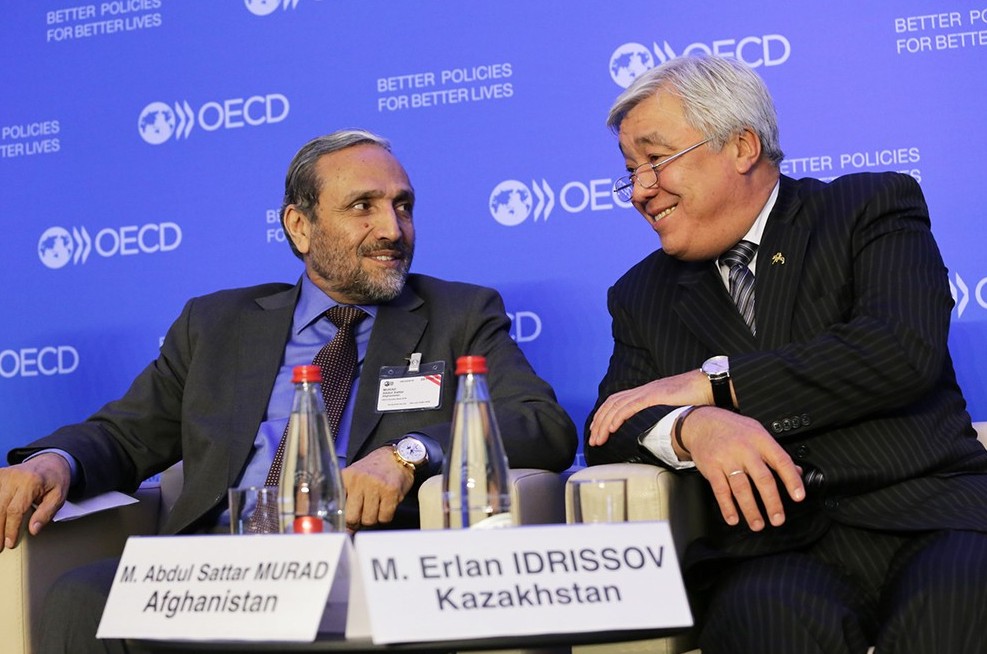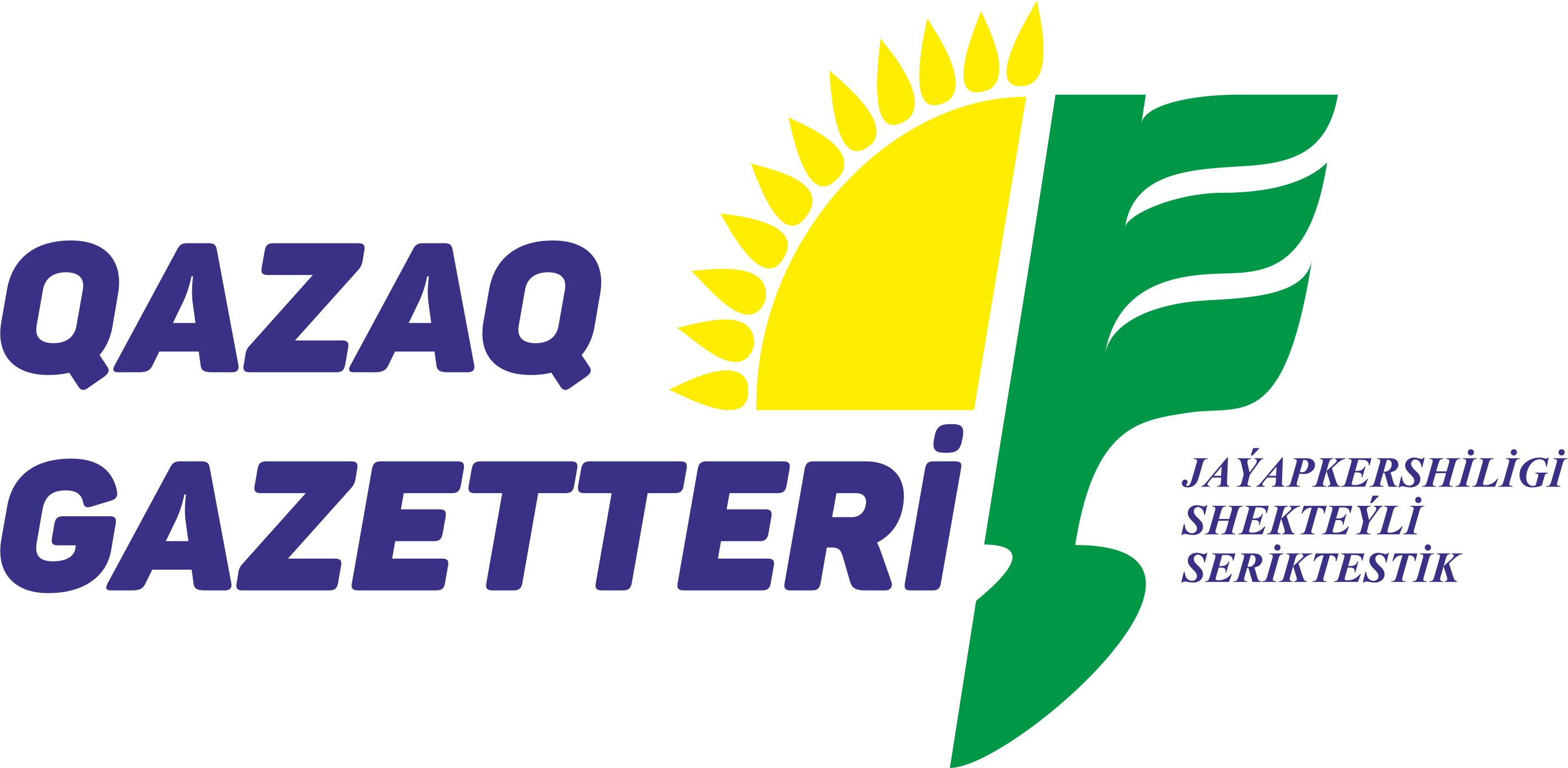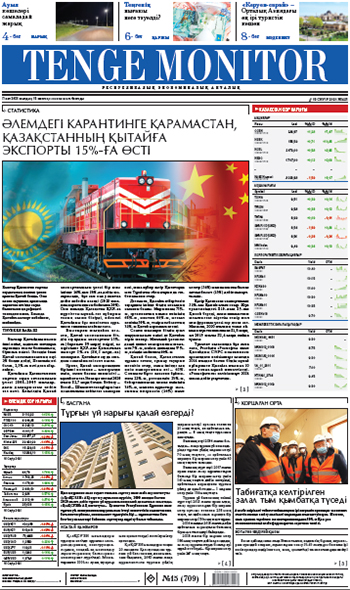- Жаңа саясат
- 24 Қыркүйек, 2020
Would Kazakhstan be connected to markets in Europe through South Asia?!

In ensuring economic development, the West has remained in the vanguard of global community, let’s say, for the last 400 years. From there, as a process, it has been expanding across the world for centuries. Towards the East, continental Eurasia, that expansion has been spreading strictly along the west-east axis.
But right now in Central Asia in general and Kazakhstan in particular, it begins to come into contact with other similar movement, running in precisely the opposite direction and emanating out of the Far East, which has expanded as another center of global economic development, almost ready to serve as an alternative to the Euro-Atlantic or Euro-American region. And such a reality should probably be regarded calmly and soberly. That is the general trend of the times. And it is, so to speak, on the move.
A shift in the center of gravity of the world economy towards East Asia, rising intra-Eurasian trade flows, and changes in the economic geography of value are gradually re-establishing Central Asia’s role as a major transit hub of the global network of commercial exchanges.
The New Delhi Times, in an article by Himanshu Sharma entitled ‘US to link South & Central Asia’, said: ‘The United States and five Central Asian countries pledged to ‘build economic and trade ties that would connect Central Asia to markets in South Asia and Europe’. Their joint statement in Washington in mid-July called for peaceful resolution of the Afghan situation for greater economic integration of the South and Central Asian regions.
In a trilateral forum in late May, the United States, Afghanistan, and Uzbekistan had reviewed projects to link South and Central Asia for regional prosperity. The joint statement unveiled plans to build railway links between Central Asia and Pakistan and a gas pipeline to India via Pakistan.
Pakistan may have to choose from the two parallel trade routes even though China would definitely expect it to join its economic pact with Iran while the Americans would like Islamabad stay connected to South and Central Asia.
Washington has created a group called C5+1 including the United States, Kazakhstan, the Kyrgyz Republic, Tajikistan, Turkmenistan, and Uzbekistan. Another working group will develop the transit potential of Afghanistan, including funding from international financial institutions of large projects’.
In addition to the above, the following comment should be made. On June 30, the U.S. Secretary of State and the Ministers of Foreign Affairs of the Republic of Kazakhstan, the Kyrgyz Republic, the Republic of Tajikistan, Turkmenistan, and the Republic of Uzbekistan met in the C5+1 format. Participants in the 6-party forum, as indicated in the joint press statement at the conclusion of the talks, ‘had a wide-ranging discussion on mutual efforts to build economic resilience and further strengthen security and stability in Central Asia and the region. The participants expressed strong support for efforts to peacefully resolve the situation in Afghanistan and to build economic and trade ties that would connect Central Asia to markets in South Asia and Europe’.
To put it bluntly, this is about the translation into reality of the idea of forming a ‘Greater Central Asia’ through the inclusion of Afghanistan in the group of post-Soviet Central Asian republics. As for specific projects, there are two of them: the building railway links between Central Asia and Pakistan and the laying of a gas pipeline across Afghanistan and Pakistan from Turkmenistan to India. There is absolutely nothing new in such plans.
The first of them - the construction of a railway line between Turkmenistan’s border-area station of Serhetabat (formerly Guşgy in Turkmen, Kushka or Kuschka in Russian) via Afghanistan’s cities Herat and Kandahar to Pakistan’s stations of Chaman and Quetta – had first been proposed back in
1993 at a meeting of the leaders of ECO (the Economic Cooperation Organization) member states by then Pakistani Prime Minister Nawaz Sharif. He said: ‘The liberation of Afghanistan and the emergence of 6 sovereign states from the former Soviet Union who share common bonds with us provide for a basis of a new relationship which could be a catalyst for reshaping the economic life of our region. With an area of 7 million square kilometers and a population of 300 million, E.C.O. is the second largest economic grouping after the E.E.C. It has thus the potential to be a key regional economic grouping and it already has plans to establish multi faceted cooperation under its auspices. A good beginning has already been made with the development of road, rail and air links. In fact, Pakistan sees its own network of road links eventually linking up for trade with the E.C.O. countries, a linkage which will be important in Pakistan’s quest to enter the 21st century as a modern, progressive and forward-looking country. I have no doubt that the E.C.O. is likely to fulfill its potential as a dynamic and vibrant organization whose people’s skills and considerable potential will help in improving the quality of life of the 300 million people who share a common future and a common destiny based on a better tomorrow. Our purpose here today is to build on existing ties and to create institutions which will facilitate technical, commercial and cultural interaction between the member countries’. His proposal to construct a railway line between Central and South Asia through Afghanistan had failed to gain real support in relevant countries and been shelved. By now, not many people know who first offered such a project. The construction of a railway line between Central and South Asia would provide access for Kazakhstan’s exporting products to the Port of Karachi and the nearby Port Qasim. That’s why our country is very much interested in implementation of this project.

The second one – the routing of a gas pipeline to India via Pakistan – had been accepted for implementation by Bridas Corporation, an independent oil and gas holding company based in Argentina, in 1995. Yet no progress was subsequently made in realizing the project. The Taliban came to power in Afghanistan. And everything became stalled. Later on, several countries in the region made repeated attempts to give new momentum to this initiative. Nobody seems to mind. Yet there has been little progress so far. This effort is known as the $7.6 billion, 1,814 km Turkmenistan-Afghanistan-Pakistan-India transnational gas pipeline (TAPI). It would run from Galkynysh, the largest gas field in Turkmenistan, through Afghanistan’s Herat and Kandahar, then Chaman, Quetta and Multan in Pakistan before terminating at Fazilka, India, near the border with Pakistan. The idea of TAPI goes back a quarter century. In 1995, Turkmenistan and Pakistan concluded a memorandum of understanding. The Turkmen government began construction twenty years later in December 2015. At that time Ashgabat announced that the project would be completed in December 2019. Yet it proved to be nothing more than a good intention. The effective implementation is lagging behind the Turkmen government’s promises due to financial problems. At the same time it should be mentioned that outside observers have very little concrete information about the progress of TAPI. According to reports, Turkmenistan Gas Company is now tasked to complete the financial closure in next year, 2021, which is why the project is, as of now, expected to come on stream in 2023. While speaking at the third Summit of Gas Exporting Countries Forum (GECF) held November 23 2015 in Tehran, the then Kazakh Foreign Minister Erlan Idrissov stressed Kazakhstan is interested in the main TAPI gas pipeline from Turkmenistan to Afghanistan, Pakistan and India whenever it is built. ‘Discussions are currently taking place with the Indian side about the possibility of increasing the capacity of the pipeline, taking into account the potential gas supplies from Kazakhstan. Our country is ready to transport up to 3 billion cubic metres annually through this pipeline’, he said. Such a perspective continues to remain quite relevant.
It is reassuring to see that the Americans are trying to give a new impetus to the implementation of old projects. Will they succeed in doing so? There is still no answer to question. But one thing is certain. As long as such projects are not implemented, all those great speeches about interlinking Central and South Asia will remain an empty phrase. As for the idea of ‘Greater Central Asia’ taken separately, it is quite unattractive to the post-Soviet Central Asian republics for a number of reasons, including security ones. And Kazakhstan, which does not share borders with Afghanistan, primarily considers the latter one a potential transit country.
Danish AZIM

653 рет
көрсетілді62
пікір

